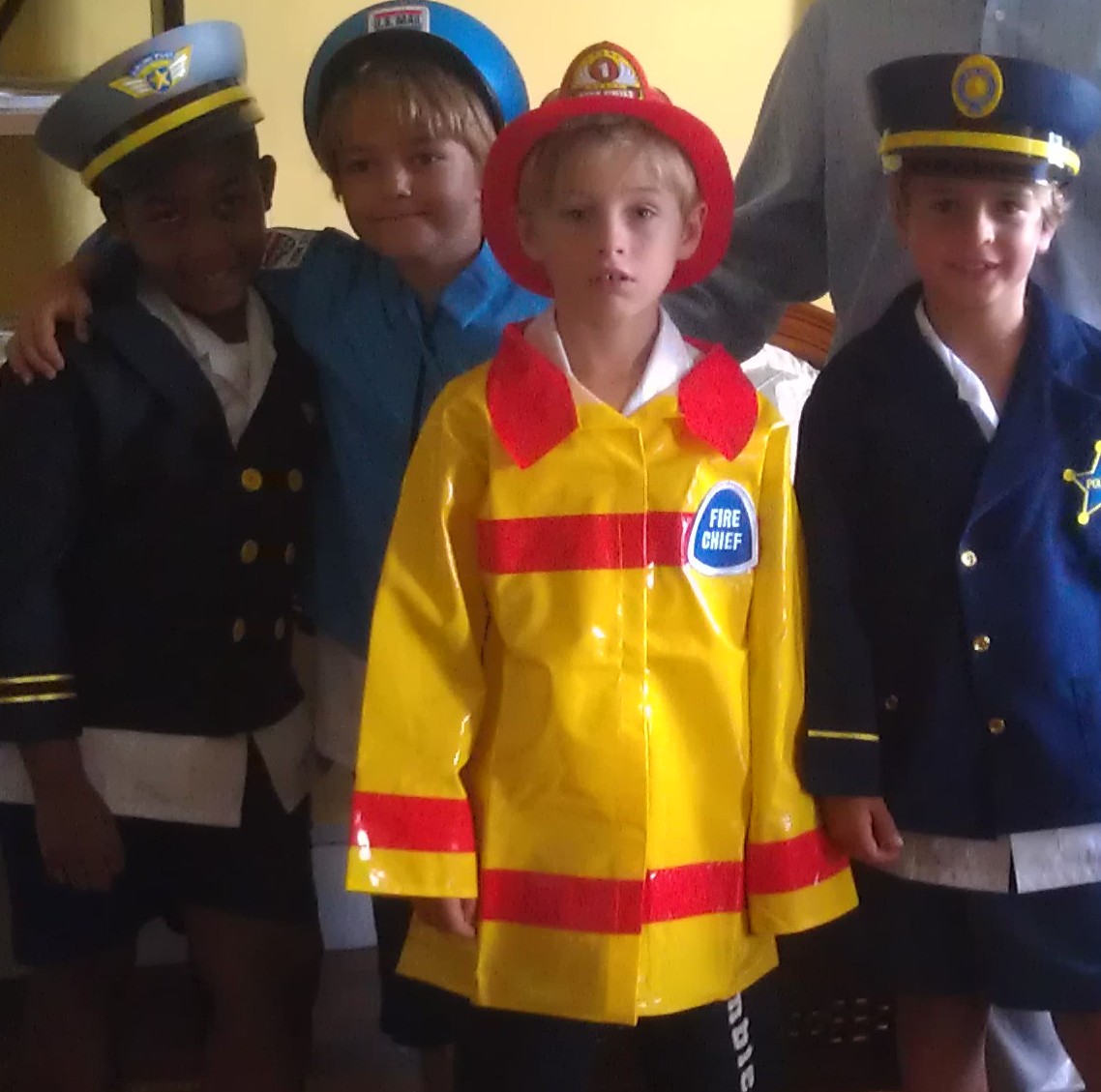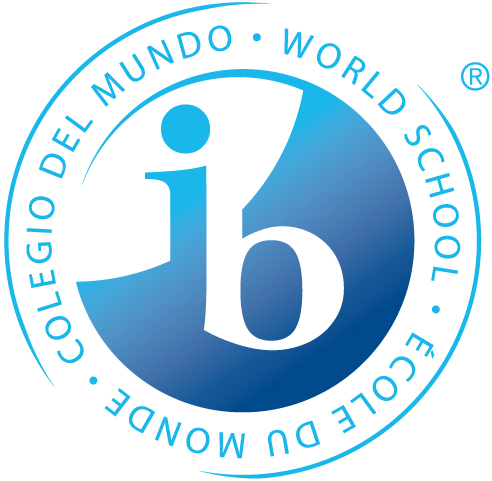Safety - Environmental crisis
School Clinic
In relation to the health of the individual child. Meeting national standards each year, all schools within Barbados must register with the Ministry of Education & Human Resources; part of the application process involves the school demonstrating that it meets certain health and safety standards. Each school must obtain a Health Certificate from the Ministry of Health, which undertakes an inspection as to whether the premises are satisfactory to function as an educational institution; The Codrington School has been awarded such certification for 2017-18. Each school must also obtain certification from the Barbados Fire Service, which undertakes an inspection as to whether the premises meet their set criteria regarding fire safety; The Codrington School has been awarded such certification for 2017-18. We also carry out regular fire and emergency drills with our staff and students to ensure that all are aware of and congruent with our procedures.
Closure due severe weather conditions
In the event of a threatened environmental crisis - such as a hurricane, earthquake or severe flooding - the school’s principal will make a decision as to how to proceed. Thereafter, communication will be effected by e-mail protocol for such emergencies.
If school is closed by the principal, parents/guardians and all employees are advised that under no circumstances is anyone to attempt to reach the campus. If the school is closed on account of an environmental crisis, there will be no access to the campus for anyone. If for any reason parents/guardians are unsure of the situation, and cannot obtain reliable information, they should err on the side of caution and keep their children at home. In addition to the foregoing, an appropriate message will be placed on the school's website.
If the closure should need to occur within the school day, then once again the school’s principal will make a decision as to how to proceed. Thereafter, communication will be effected by e-mail protocol for such emergencies.. We will do all that is practicable to ensure a safe return to home for our students.
Zika Virus
Zika is a mosquito-borne virus that is new to the Americas. Since Brazil reported the first cases of local transmission of the virus in May 2015, it has spread to 26 countries and territories* of the Americas (as of 30 January 2016).
There are two main reasons for the virus's rapid spread: (1) the population of the Americas had not previously been exposed to Zika and therefore lacks immunity, and (2) Aedes mosquitoes—the main vector for Zika transmission—are present in all the region's countries except Canada and continental Chile.
The most effective forms of prevention are (1) reducing mosquito populations by eliminating their potential breeding sites, especially containers and other items (such as discarded tires) that can collect water in and around households; and (2) using personal protection measures to prevent mosquito bites.
Head Lice
What are head lice?
Head lice (Pediculus Humanus Capitis) are tiny insects that live in hair. Nits are the empty egg cases attached to hair that head lice hatch from. Head lice are a common problem, particularly in schools. They're largely harmless, but can live in the hair for a long time if not treated and can be irritating and frustrating to deal with.
What are the symptoms?
The most common symptom is constant itching of the scalp. This may be accompanied by scratch marks or small red lesions resembling a rash on the head. There may also be a tickling feeling of something moving in the hair. Head lice are most active in the dark and can cause difficulty sleeping and irritability.
How are head lice spread?
Head lice move by crawling; they cannot hop or fly. Head lice are usually spread by direct hair-to-hair contact or infrequently by sharing things like hats, scarves, combs, hairbrushes, helmets and headphones. Head lice that live on people can’t live on pets like cats or dogs.
How are head lice diagnosed?
Head lice have three forms: egg (or nit), nymph, and adult. Nits are laid at the base of the hair shaft closest to the scalp. Nits are firmly attached to the hair, are oval-shaped and very small (about the size
of a knot in thread). Nits appear yellow or white or sometimes as the same color as the hair of the infested person. Nits are often confused with dandruff or remnants of hair spray; but debris is not usually firmly attached to the hair.
Nits hatch into nymphs in 8 to 9 days. Nymphs look like adult lice but are smaller. They mature into adults in 9 to 12 days. Adult lice are the size of a sesame seed, have six legs, and are tan to grayish-white in color. They live for up to 30 days on a person’s head, but die within one or two days after falling off.
Infestations are diagnosed by finding adults, nymphs or viable eggs. A magnifying lens, good lighting and a fine-toothed comb are useful. Head lice and nits are found on the scalp, particularly around and behind the ears and near the neckline at the back of the head. Viable nits contain an embryo that occupies most of the egg and often one or two eye spots are visible. Hatched nits are nearly transparent and are usually more than 1 cm from the scalp. If you suspect head lice ask a reliable source (your health care provider or someone familiar with head lice) to help confirm the problem.
Who is at risk of infestation?
Infestation with head lice is most common among preschool children attending child care, elementary schoolchildren, and the household members of infested children.
How can head lice be prevented?
Learn how to diagnose head lice and do regular inspections of children and family members. Check children when they return from overnight camps and school trips. During outbreaks, keep long hair tied back or braided to minimize hair-to-hair contact and discourage borrowing personal items like hats and hairbrushes.
How are head lice treated?
Head lice can be treated with an over-the-counter or prescription medication, usually as a shampoo. A health care provider can help select an appropriate medication. Treatment should be considered only for active infestations (adults, nymphs or viable nits are observed). Some steps to follow:
1. Check household members and other close contacts and treat those with an active infestation.
2. Treat all infested family members at the same time. Follow medication directions closely.
3. Retreat. A single treatment may not kill all the eggs. Retreatment usually should occur after seven to
ten days to kill any lice hatched from surviving eggs before they produce new eggs.
4. Repeated and thorough removal of lice and nits. Use a fine-toothed nit comb or fingers to remove all nits attached to hair shafts after treatment. Discard tissues or towel containing lice and nits. Clean combs and hair brushes by soaking in hot soapy water for twenty minutes or undiluted medicated shampoo ofr ten minutes. Continue to check for 2-3 weeks to be sure all lice and nits are gone.
In addition to medicated shampoos, other measures can be used but these are not required to treat a head lice infestation. Hats, scarves, pillow cases, bedding, clothing, and towels used by the infested person can be machine washed and dried using hot water and hot air cycles. Items may be dry-cleaned or sealed in a plastic bag for two weeks. Vacuum the floor and furniture, particularly where the infested person sat or lay.
What is the Public Health response?
If you have head lice it is important to tell family members, day care operators or schools principals so family members and other children can be checked and treated if necessary.




 +1 246-423-2570
+1 246-423-2570 info@codrington.edu.bb
info@codrington.edu.bb





